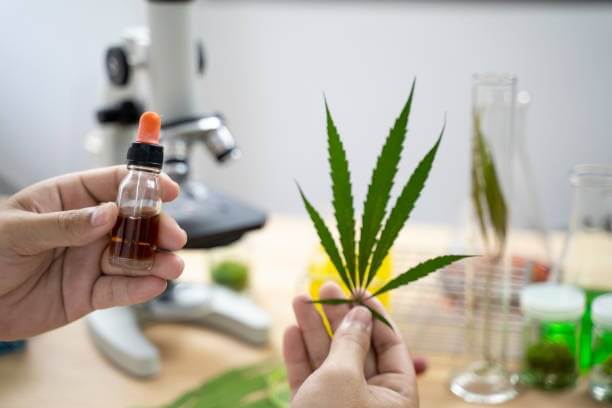The 3 most popular CBD extraction methods

CBD is a cannabinoid which, because of its medicinal potential, plays a major role both inside and outside the cannabis industry. Many benefits have been identified, including anti-inflammatory, neuroprotective, antioxidant and anticonvulsant properties, to name but a few. There are now many products, including food and supplements, which allow consumers to easily integrate the CBD into their daily lives. This booming industry and the resulting innovations have led to new and improved extraction methods whereby cannabinoids such as CBD, terpenes and other substances can be isolated from the material of the cannabis plant and made usable.
Although isolates offer higher levels of CBD, full-spectrum extracts contain many other beneficial compounds that act synergistically with cannabidiol. This article focuses on how full-spectrum extracts are manufactured in commercial and domestic environments. Let’s take a look at the three most common extraction methods. Each of these methods has advantages and disadvantages, different costs, and different levels of purity, potency and quality.
LIQUID SOLVENT EXTRACTION
This type of extraction consists of extracting cannabinoids and other desired molecules from cannabis and hemp flowers using a liquid solvent such as alcohol. For centuries, alcohol has been used in traditional medicine, if not millennia, to extract the chemical components from the plants to make tinctures. More recently, the process was popularized by Rick Simpson, who touted it as a do-it-yourself method for making cannabis oil at home. The advantage of this method is that it is relatively inexpensive and requires little or no special equipment.
You probably have everything you need for this extraction in your kitchen cabinet at home, except perhaps extremely strong alcohol. Solvent extraction can be done with a rice cooker, hotplate, and some glass containers and cutlery. However, distillation are used for more complex processes.
The disadvantages of this method are of course the security flaws. The solvents used in this process are highly flammable and have caused explosions in several laboratories and kitchens where this technique has been used. It is recommended to boil the alcohol outside, especially when using the more primitive rice cooker method. However, this must be done while avoiding the risk of open flames. Another disadvantage is that solvent residues can be left after the evaporation process if the extraction is not performed correctly. And you really don’t want solvents on your body.
EXTRACTION WITH EDIBLE OILS
In this process, CBD and terpenes are extracted using natural vegetable oils as solvents. Products such as hemp oil, olive oil and coconut oil effectively extract cannabinoids from plant material because these compounds are lipophilic, which means that they bind particularly well to fat. Some beginners use this extraction technique because of its gentle and natural approach. When extracting liquid solvents, the alcohol is boiled off, leaving behind a tar-like substance that is extremely rich in cannabinoids and terpenes.
CO₂ EXTRACTION
Thanks to CO₂ extraction, the desired molecules can be extracted from cannabis plants with supercritical carbon dioxide. CO₂ supercritical is extremely effective for the extraction of cannabinoids, terpenes and almost everything else. Extraction from CO₂ is certainly the most complex and expensive option.
WHAT IS THE BEST EXTRACTION METHOD?
This question depends on numerous factors and on what you have access to if you want to make your own extracts at home. However, for consumers, extracts made with CO₂ seem like the best option as it makes the best CBD products. The ability of this method to extract active ingredients without leaving any harmful residue is unique. This method creates a clean and safe full-spectrum oil that is rich in CBD and beneficial terpenes.
If you are looking for CBD products made with the latest CO₂ extraction technology, our products are just the thing. We first produce a raw mass with the help of CO₂, then we enrich it with additional terpenes and high-quality olive, hemp seed or black cumin oil in a complex process.

Leave a Comment